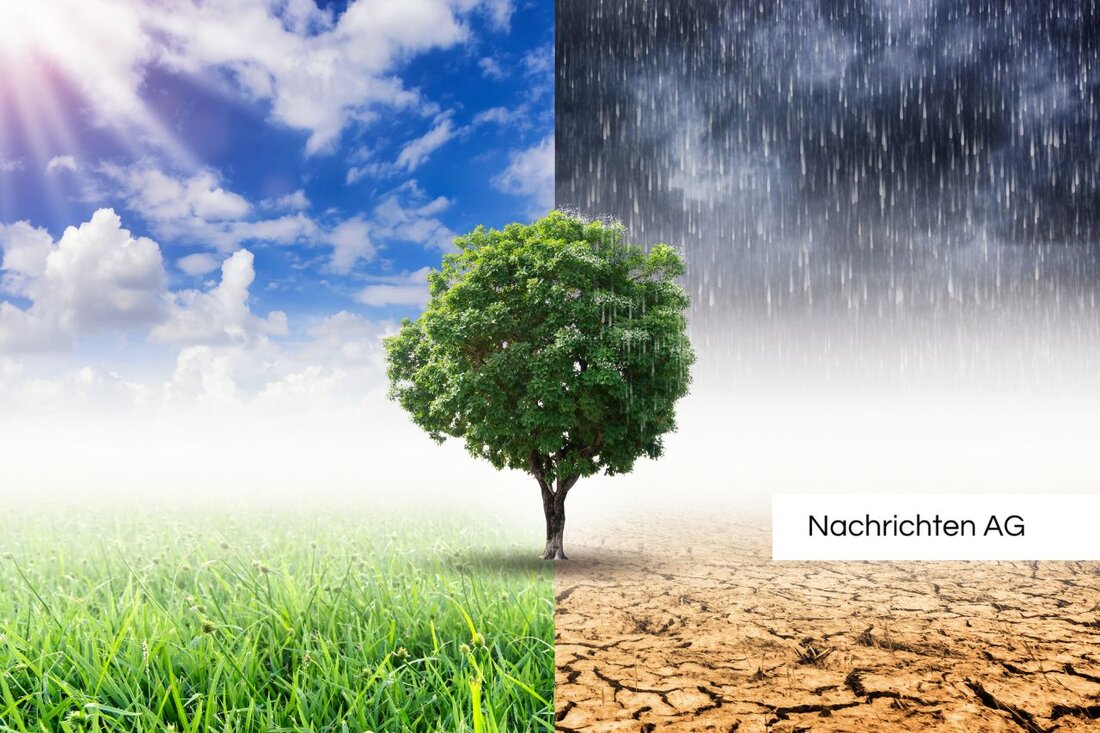New 3D technology captures Zugspitze: An insight into permafrost tunnels!
The University of Würzburg is measuring impressive permafrost tunnels on the Zugspitze using new 3D technology for environmental research.

New 3D technology captures Zugspitze: An insight into permafrost tunnels!
A research team from University of Würzburg recently mapped the permafrost tunnel at the Zugspitze using innovative technology. The work aims to precisely measure environments that are particularly difficult to access. The tunnel, which was drilled in 1926 to facilitate access for skiers, ends in the basement of the Schneefernerhaus, an environmental research station that has been used by the Julius Maximilians University of Würzburg since January 2024.
A spherical mobile mapping system was tested under the leadership of Professor Andreas Nüchter, who holds the Chair of Computer Science XVII with a focus on robotics. This technology has proven particularly suitable for 3D mapping in harsh environments, while traditional methods such as backpack-mounted LiDAR scanners and drones often reach their limits. Nüchter emphasizes the relevance of such mapping for various areas, including autonomous driving and environmental research.
Technology and challenges
The current experiment examined the performance of the spherical systems in alpine scenarios. During the testing phase, the collected data was compared with existing backpack-mounted LiDAR data. Challenges arose, particularly the rapid rotation of the equipment, which can cause distortions in the results. Nevertheless, these technologies offer promising opportunities to explore dangerous environments such as mines and caves.
An important application of this technology is the planning of future measuring spheres, which will not only collect temperature data, but can also analyze surface properties. The special conditions in the permafrost tunnel provide fundamental insights into similar environments, such as lava caves on the moon, which are important for space travel.
Virtual explorations and their meaning
In addition to the physical explorations, a team of... Ohio State University led by Jason Cervenec, released a virtual tour of the CRREL Permafrost Tunnel in Fairbanks, Alaska. This initiative aims to increase public understanding of permafrost and be part of a larger project supporting the collection of geospatial data in Arctic regions. The virtual tour is accessible for all major devices with a web browser and also enables an immersive experience with VR headsets.
With such digital tools, users can better understand the formation and effects of permafrost processes. This is particularly relevant as climate warming threatens the stability of permafrost areas and raises urgent questions about population and infrastructure adaptation.
The urgency of research
Emphasize in a wider context Experts like Prof. Dr. Michael Krautblatter and Dr. Lutz Schirrmeister emphasized the urgency of understanding the changes in the permafrost system and preparing society for them. Both researchers, who lead the Permafrost Working Group, are in favor of closer collaboration between young scientists and experienced researchers in order to better meet the challenges of changing climate and environmental conditions.
Krautblatter emphasizes that the Alps in particular are severely affected by these changes. It is therefore of utmost importance to increase the focus on both the scientific and societal perspectives in order to develop long-term solutions for the population living in permafrost regions.
These promising developments in permafrost research bring to the fore a better understanding of complex ecological questions that address both current and future challenges.

 Suche
Suche
 Mein Konto
Mein Konto